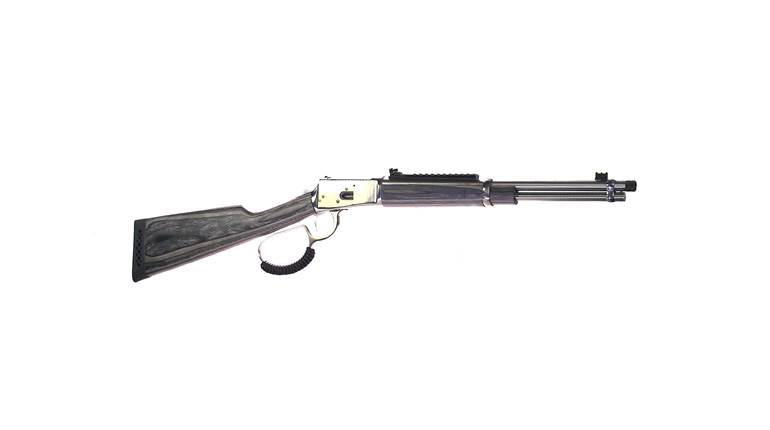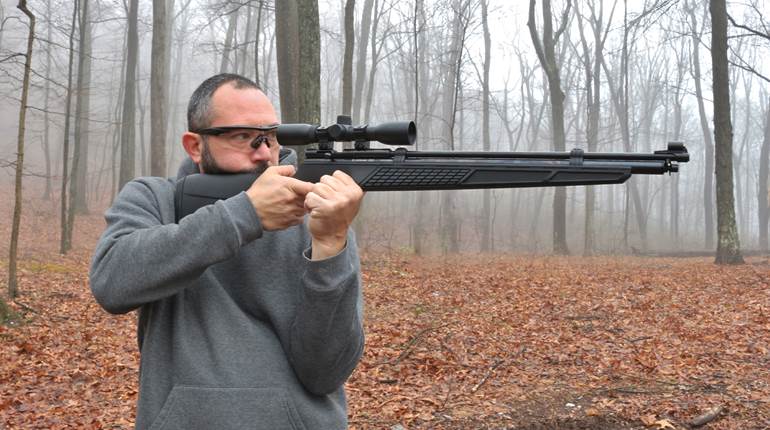
The U.S. Army’s shift to a 6.8 mm cartridge for close-combat troops will trigger 5.56 NATO market fluctuations in the next few years. History indicates enthusiasts can expect prices to potentially decline, initially, followed by slow rise to a price plateau. It’s the U.S. Army’s widespread fielding of its Next Generation Squad Weapons System (NGSWS) to combat troops—chambered in that 6.8 mm cartridge—to blame.
It doesn’t take a crystal ball to make that prediction, either. The .30-‘06 Sprg. cartridge provides a roadmap for the approaching trend.
The U.S. military officially adopted the .30-’06 Sprg. in 1906. With improved accuracy and fight-stopping performance downrange, it soon found itself in the hands of our soldiers across the globe with M1 Garands, M1903 Springfield bolt actions and others.
By the late 1950s, the 5.56 NATO and 7.62 NATO cartridges were being methodically phased into frontline service. It wasn’t until the late 1970s that the .30-’06 Sprg. was officially retired. In the meantime, factories churning out the volume required for marksmanship practice, strategic stockpiles and combat shifted production emphasis.
Surplus became readily available on the commercial market and prices for .30-’06 Sprg. ammo dropped dramatically. The March 1986 issue of American Rifleman magazine even proclaimed it was available for “pennies per round” during the 1960s.
That kind of savings is enough to catch the attention of any enthusiast. Inflation, however, enters the equation. Five cents in 1960 converts to roughly a half dollar, according to the U.S. Bureau of Labor Statistics inflation calculator. Today you’re paying nearly a buck a round for inexpensive .30-’06 Sprg.
Today’s situation is slightly different, though. Troops whose duty isn’t primarily combat will still be issued rifles chambered in 5.56 NATO and 7.62 NATO. Those cartridges haven’t quite reached retirement age, which means the entire ammunition surplus won’t swell FFL shelves in an overnight tsunami. Those in uniform using them, however, don’t live-fire practice as often, or require the same strategic stockpile. Excess will potentially be released at a pace that reflects that reduced annual consumption and wartime requirements.





































